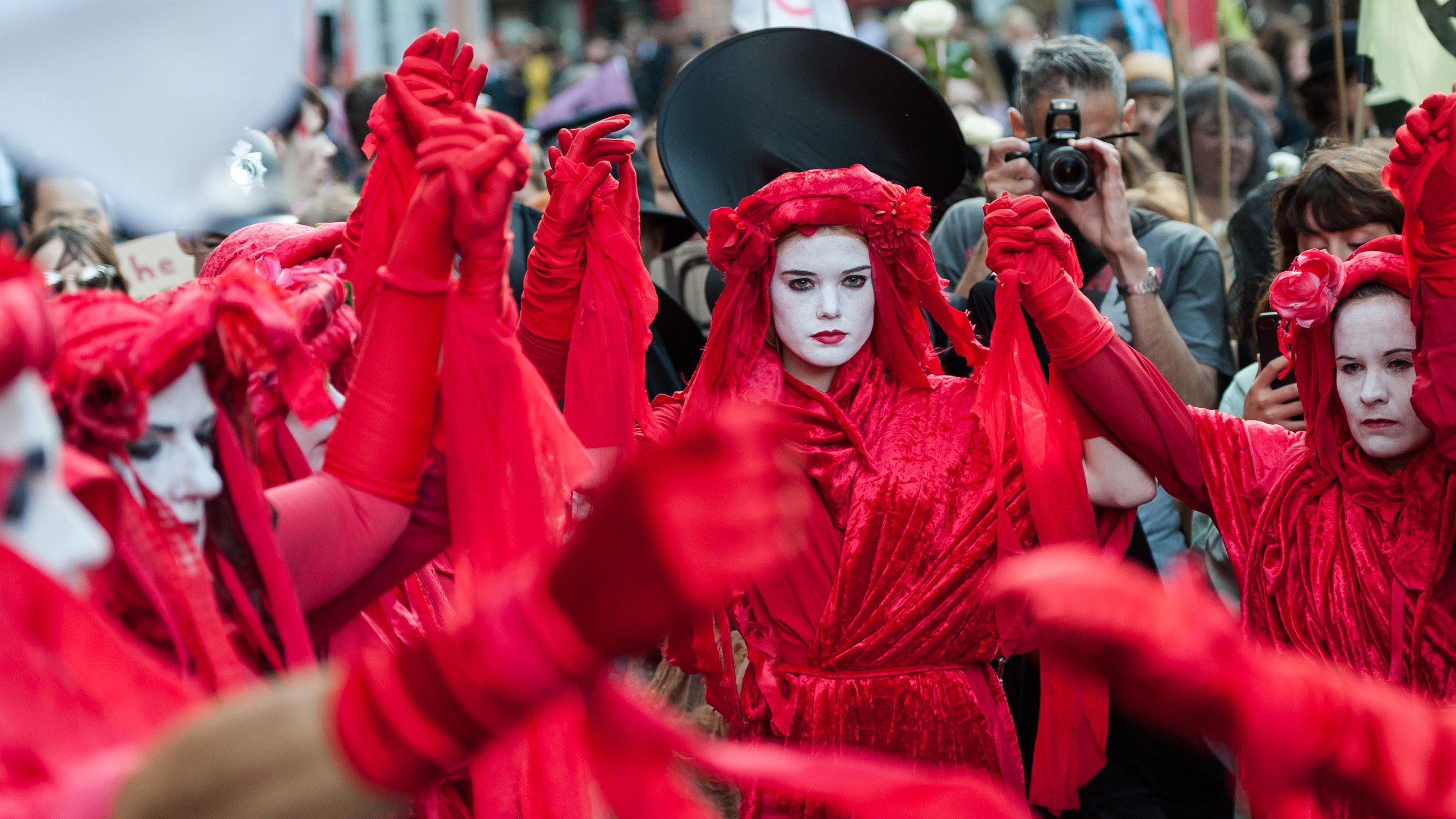This year’s London Fashion Week has once again been shadowed by protests – led by climate activism group Extinction Rebellion.
The event, which took place between the 13th and 17th of September, is one of the biggest showcases of high fashion in the world, saw disruption at some of its main events.
With the fashion industry being one of the major polluters worldwide, the environmentalist organisation tried to raise awareness about its negative impacts and the need to rethink how fashion is produced and consumed.
The most important and distinctive of the protests was a march from Trafalgar Square to 180 The Strand, which ended with a major “funeral” for London Fashion Week.
Through social media, Extinction Rebellion had already called for the cancellation of the event.
Two coffins, one with “LFW 1983-2019” and the other with “Our Future” written on them, were laid outside of the venue, symbolising the need to put an end to this event, and also the potentially fatal consequences for the entire world should we fail to tackle the climate emergency.
In the same vein as Extinction Rebellion, London Fashion Week saw the ninth edition of PAUSE, a more sustainable alternative to the major events, with a focus on
“The perfect mixture that recreates this legendary city full of life and history”.
The pop-up space hosted special collections created by environmentally conscious designers, art exhibitions and performances.
Despite demanding the end of fast fashion and consumerism, Extinction Rebellion still celebrates creativity and supports new conceptions of fashion that can be compatible with respecting the environment.
Sara Arnold and Jessie Brinton wrote to Vogue UK:
“This is a time for boldness. We have to shift the conversation and you can’t do that gently.”
Market analysis reveals that, within 10 years, the thrift shop market will be 1.5 times the size of its competitor.
In addition, over 2019 alone, the secondhand fashion market has grown 3 times worldwide more than the fast fashion retailers.

